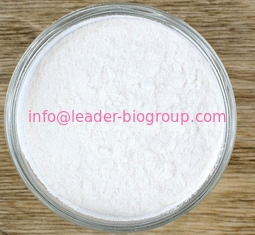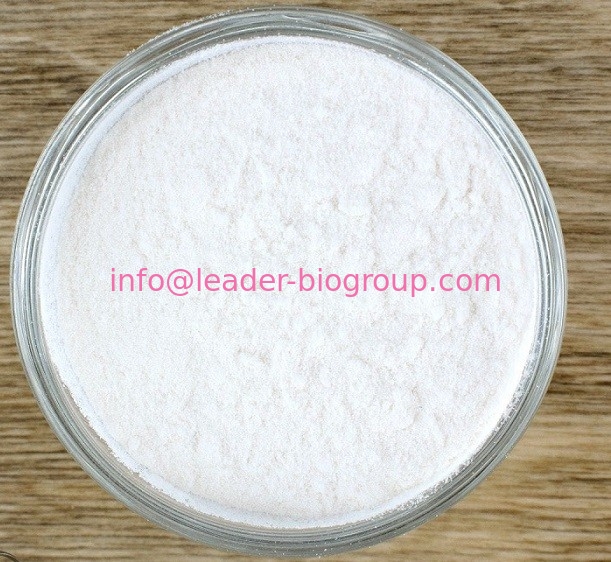| |
| L-Ornithine Chemical Properties |
| Melting point |
140°C |
| alpha |
D25 +11.5° (c = 6.5) |
| Boiling point |
244.08°C (rough estimate) |
| density |
1.1740 (rough estimate) |
| refractive index |
1.4496 (estimate) |
| pka |
1.705(at 25℃) |
| CAS DataBase Reference |
70-26-8(CAS DataBase Reference) |
| EPA Substance Registry System |
L-Ornithine (70-26-8) |
| Toxicity |
sce-hmn-lym 10 mg/L MUREAV 372,75,1996 |
| |
| L-Ornithine Usage And Synthesis |
| Chemical Properties |
Crystals from alcoholr. Soluble in water and alcohol. |
| Uses |
Biochemical research; medicine. |
| Uses |
hepatoprotectant, anticholesteremic |
| Definition |
ChEBI: An optically active form of ornithine having L-configuration. |
| Synthesis Reference(s) |
Canadian Journal of Chemistry, 31, p. 1060, 1953 DOI: 10.1139/v53-139 |
| Safety Profile |
Mutation data reported. When heated to decomposition it emits toxic vapors of NOx. |
| Purification Methods |
Crystallise L-ornithine from water containing 1mM EDTA (to remove metal ions). [Perrin J Chem Soc 3125 1958, Rivard Biochemical Preparations 3 97 1955, Greenstein & Winitz The Chemistry of the Amino Acids J. Wiley, Vol 3 pp 2477-2491 1961, Beilstein 4 III 1346, 4 IV 2644.] |
| |
| L-Ornithine Preparation Products And Raw materials |
|

